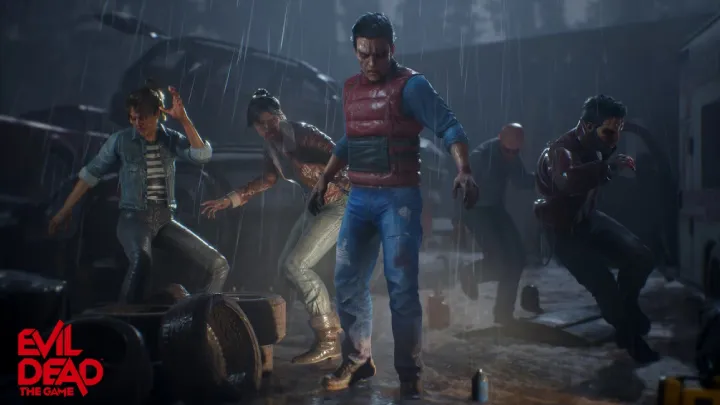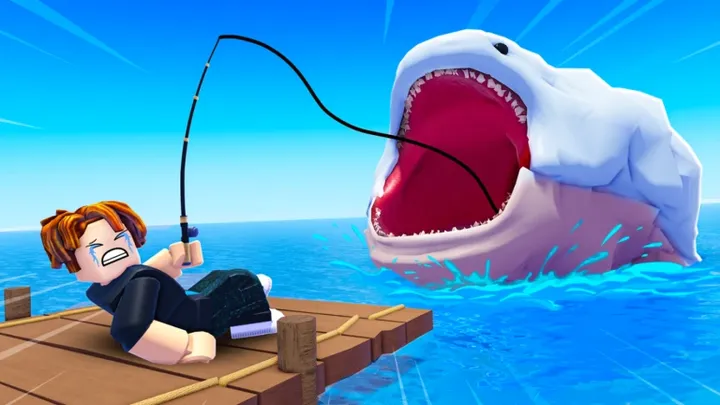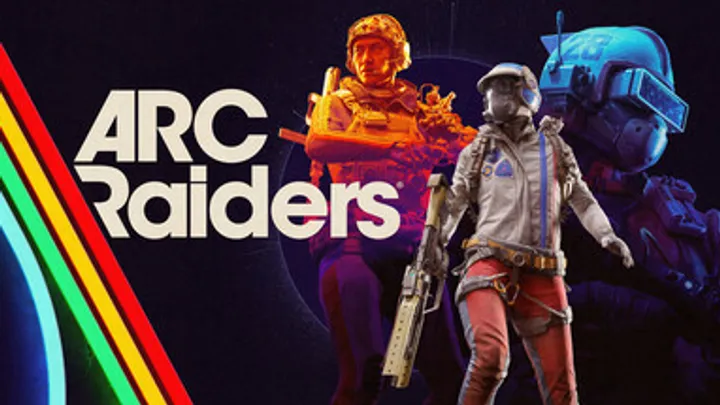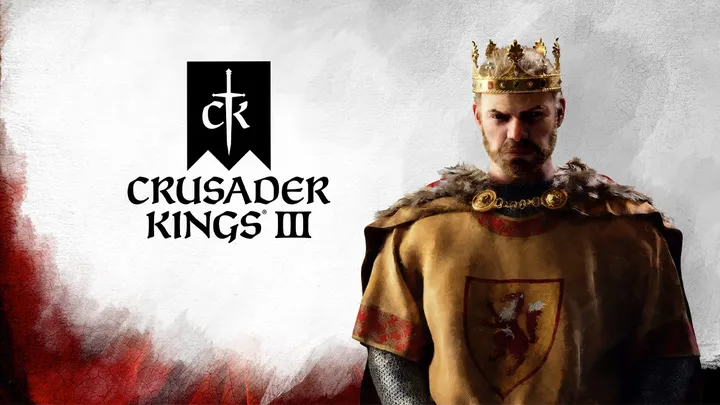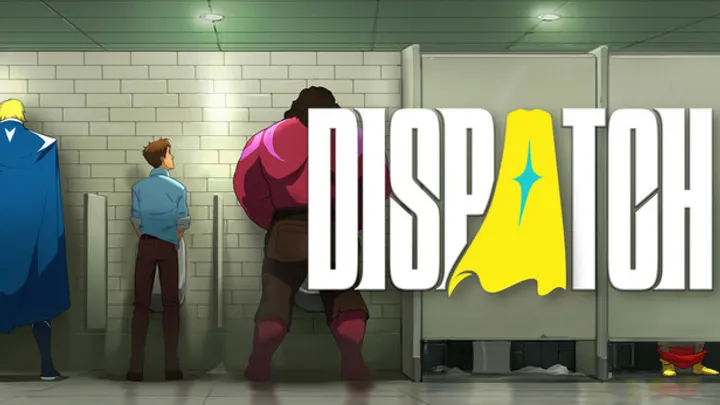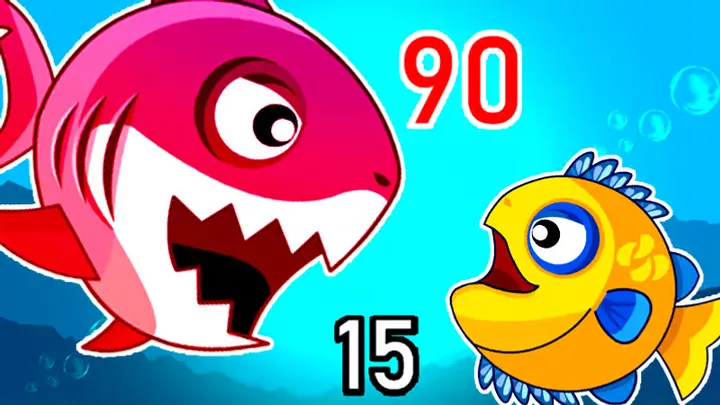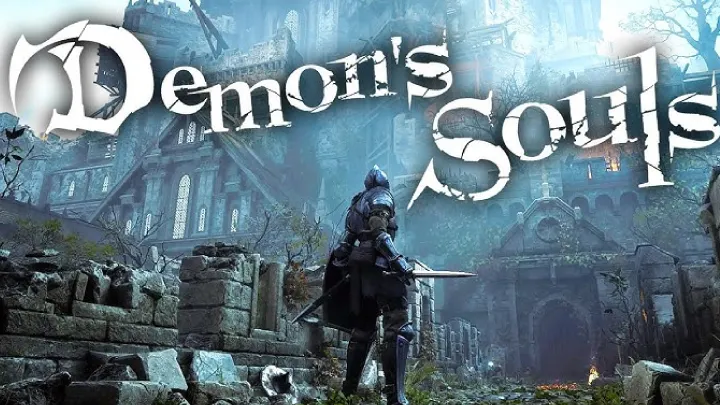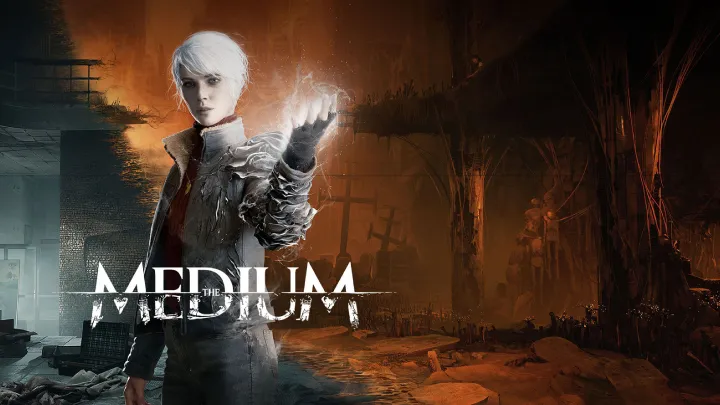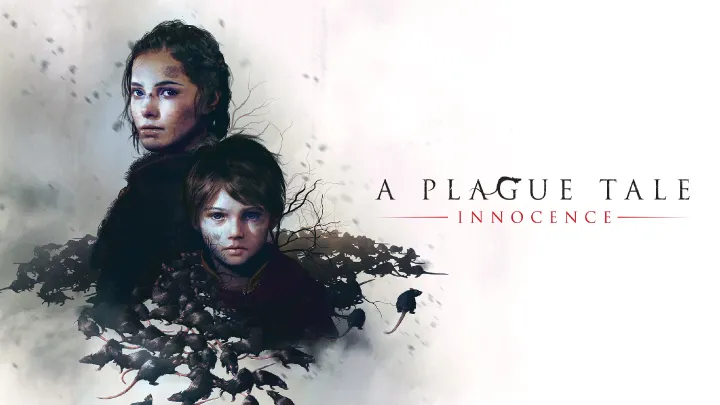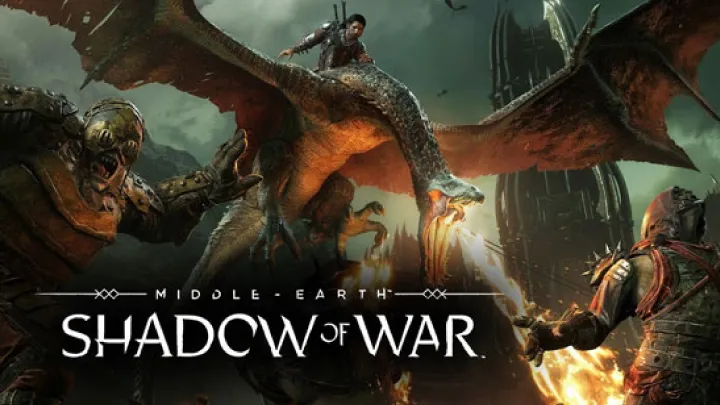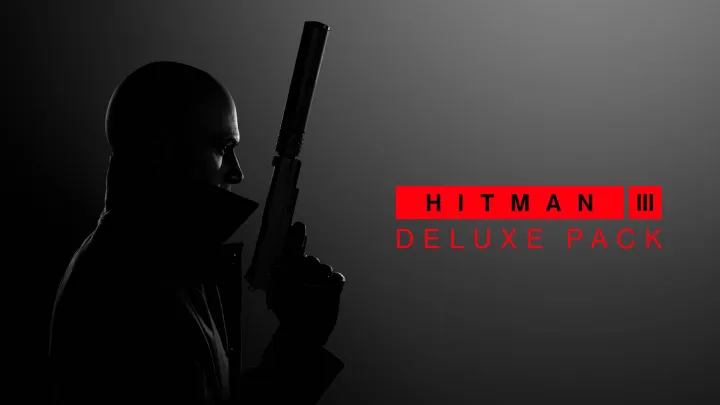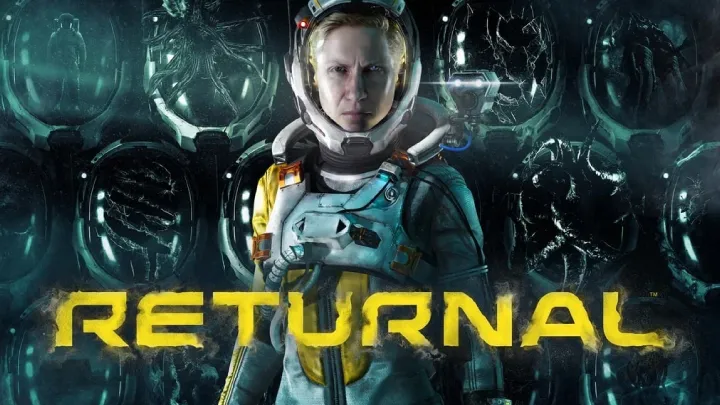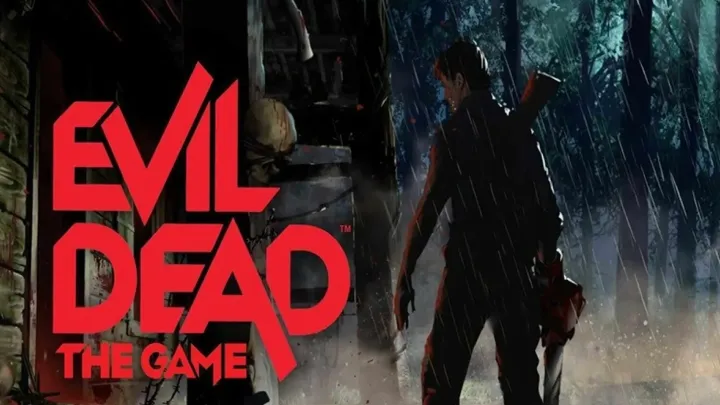
Released in May 2022 by Saber Interactive, *Evil Dead: The Game* immerses players in the iconic universe of the Evil Dead franchise, blending horror with multiplayer gameplay. At its core, this game features an asymmetrical multiplayer design, where players can take on the roles of either survivors or the Kandarian Demon. This article delves into the intricacies of the asymmetrical gameplay mechanics, highlighting their impact on player experience, strategic depth, and the overall balance of power within the game.
The Concept of Asymmetrical Gameplay
Understanding Asymmetry
Asymmetrical gameplay refers to a game design where different players or teams have distinct roles, abilities, and objectives. In Evil Dead: The Game, this concept manifests in the contrasting dynamics between the survivors and the Kandarian Demon. Survivors must work together to gather resources, complete objectives, and ultimately defeat the demon, while the demon seeks to eliminate them using a variety of supernatural powers.
The Appeal of Asymmetrical Mechanics
The appeal of asymmetrical gameplay lies in its ability to create tension and unpredictability. Each match can unfold differently based on player choices and strategies. This variability keeps the gameplay fresh and engaging, as players must adapt their tactics to overcome the unique challenges posed by their opponents. In the context of Evil Dead, the asymmetry also reinforces the franchise's themes of survival and horror, creating an atmosphere rich with suspense.
The Survivors: Strengths and Weaknesses
Character Diversity
In Evil Dead: The Game, players can choose from several iconic characters, each with distinct abilities and traits. For instance, Ash Williams, the franchise's protagonist, boasts a unique set of skills that enhance combat effectiveness and resource management. Other characters, like Cheryl and Scotty, provide different advantages, such as improved healing or stealth capabilities. This diversity encourages players to experiment with various playstyles and team compositions.
Teamwork and Strategy
Survivors must collaborate to succeed, employing strategic communication and teamwork. Gathering resources like weapons, health items, and ammunition is crucial for survival. Players need to coordinate their efforts to explore the map effectively, defend each other during encounters with the demon, and complete objectives that lead to victory.
Vulnerability and Fear
Despite their strengths, survivors are inherently vulnerable. Their primary goal is to survive against overwhelming odds, heightening the tension of each encounter. The looming threat of the Kandarian Demon creates an atmosphere of fear, forcing players to constantly assess their surroundings and make split-second decisions. This dynamic emphasizes the fragility of life in the face of evil, a core theme of the Evil Dead franchise.
The Kandarian Demon: The Power of Control
Unique Gameplay Mechanics
The Kandarian Demon offers a stark contrast to the survivors, wielding an array of supernatural powers that can alter the course of the game. Players controlling the demon can possess enemies, summon deadites, and manipulate the environment to create obstacles for the survivors. This ability to control the battlefield adds a layer of strategy, as demon players must anticipate survivors’ movements and counter their tactics.
Psychological Warfare
The demon's powers extend beyond physical confrontation; they also introduce an element of psychological warfare. By using fear tactics, such as creating darkness or summoning creatures, the demon can disorient and panic survivors. This psychological aspect heightens the stakes, forcing players to remain vigilant and adapt their strategies on the fly.
Balancing Power Dynamics
The challenge for the game developers lies in balancing the power dynamics between survivors and the Kandarian Demon. An overly powerful demon could lead to frustration for survivor players, while a weak demon might render the game unchallenging. Continuous adjustments and updates are required to maintain this delicate balance, ensuring that both sides have a fair chance of victory.
The Importance of Map Design
Strategic Locations
The maps in Evil Dead: The Game are meticulously designed to enhance the asymmetrical gameplay experience. Various locations, such as the infamous cabin in the woods and surrounding areas, provide opportunities for both survivors and the demon to leverage their strengths. For instance, survivors can utilize the environment to hide or ambush the demon, while the demon can exploit open spaces to unleash chaos.
Resource Management
Resource placement throughout the map is crucial for gameplay balance. Survivors scavenge for weapons and items that can aid in their survival, while the demon must strategically decide when and where to strike. The layout encourages exploration and fosters competition between players, heightening the tension as survivors search for resources while evading the demon's pursuit.
Environmental Hazards
Environmental hazards further enrich the gameplay experience. Survivors must navigate obstacles, like traps and deadite ambushes, while the demon can manipulate the environment to create additional challenges. These hazards add layers of complexity to each match, requiring players to remain adaptable and aware of their surroundings.
Player Strategies and Meta-Gaming
Survivor Strategies
Survivors must develop effective strategies to outmaneuver the demon. Coordinating movements, sharing resources, and utilizing each character’s unique abilities are essential for success. For example, one player may focus on gathering weapons while another provides cover, creating a well-rounded team effort that maximizes their chances of survival.
Demon Strategies
On the flip side, demon players must employ cunning tactics to eliminate survivors. This may involve isolating players, using fear to manipulate their actions, or ambushing them at critical moments. Understanding survivor behavior and predicting their movements becomes essential for a successful demon player.
Evolving Meta
As players become more experienced, they develop a deeper understanding of the game's mechanics, leading to an evolving meta. Strategies that once proved effective may become less viable as players adapt and counter each other's tactics. This continuous evolution keeps the gameplay fresh and encourages players to think creatively.
The Role of Communication
Team Coordination
Effective communication is vital for both survivors and the Kandarian Demon. Survivors must relay information about enemy sightings, resource locations, and their own health status. Teams that communicate well are more likely to succeed, as they can react quickly to changing situations and support one another during encounters.
Psychological Mind Games
For the demon player, communication can take a different form. While they do not have teammates to coordinate with, the demon can manipulate the survivors psychologically through the environment and gameplay mechanics. Creating fear and uncertainty can disrupt survivor communication, leading to mistakes and potential victories for the demon.
Community and Collaboration
The importance of communication extends beyond individual matches. As players share their experiences and strategies through forums and social media, they contribute to a larger community understanding of the game. This collaborative environment fosters camaraderie and helps players improve their skills.
The Impact of Updates and Community Feedback
Balancing Adjustments
Since launch, Evil Dead: The Game has seen numerous updates that address balance issues, gameplay mechanics, and community feedback. Developers actively listen to player concerns, making adjustments to ensure both survivors and the demon remain competitive. These updates reflect the developers' commitment to maintaining a fair and enjoyable experience for all players.
Content Expansion
Beyond balancing, the game has introduced new content, including additional characters, maps, and gameplay modes. This expansion not only enhances the game’s longevity but also keeps the community engaged. Players are eager to explore new strategies and experiences, further enriching the overall gameplay dynamic.
Building a Lasting Community
The responsiveness of developers to community feedback helps cultivate a strong player base. Engaged communities often lead to increased player retention, as players feel valued and invested in the game’s evolution. This ongoing dialogue between developers and players contributes to the game’s success and longevity in a competitive market.
Conclusion: The Thrill of Asymmetrical Gameplay
In Evil Dead: The Game, the asymmetrical gameplay mechanics create a unique and engaging experience that captures the essence of the franchise. The balance of power between survivors and the Kandarian Demon leads to thrilling encounters, requiring strategic thinking and teamwork. The game's design, character diversity, and evolving meta contribute to its depth, making each match a fresh challenge.
As players navigate the tension of survival and the thrill of hunting, Evil Dead: The Game stands out as a testament to the potential of asymmetrical multiplayer experiences. By continually engaging with its community and adapting to player feedback, the game has established itself as a lasting title in the gaming landscape.
